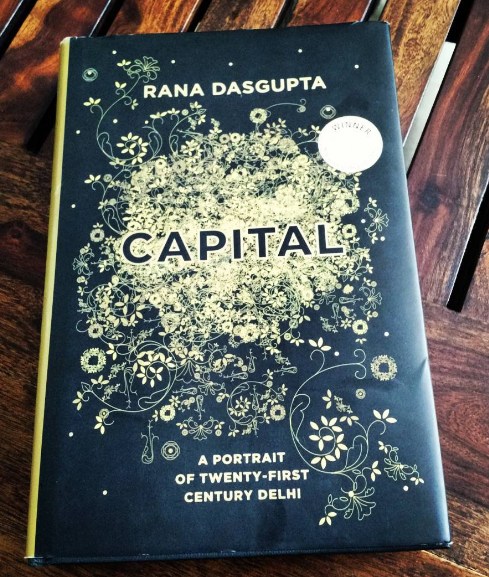Rana Dasgupta
Much has been written about the Maximum City – fiction and non fiction – and it continues to be the muse of many authors. But other than Dalrymple’s City of Djinns, I have not really read a book on Delhi. Add to that Rana Dasgupta’s superb play on the title itself – Capital – and this was a book I had to read. I am really glad it didn’t disappoint.
There are many Delhis, as Dalrymple brought out in his book. The city has existed in many forms across centuries, and many of them live side by side – Mughal, British, post-partition, post 1984, and the one that the author stresses most on – post 1991. It is easy to see many parts of the commentary as a standard impact of globalisation, but if you have lived on both sides of the 90s, you would know what an enormous impact liberalisation has had on our lives. But I get ahead of myself! The opening quote in Chapter One itself is one that lays down the intent and potential of the book and its subject – to paraphrase, while Calcutta owned the 19th century, Mumbai the 20th, the 21st will belong to Delhi. This chapter has a personal angle to it but in that, also captures partition and the mix of cultures that make up the metropolis. We then move on to globalisation, and see its manifestations through various points of view. The early entrepreneurs who thought up Gurgaon and its BPOs and brought in a wave of folks from across the country, the new age professionals who embodied a lifestyle hitherto unknown in India, and private hospitals and the public’s battles with them.
The next couple of chapters are on changing family structures, a perspective on the roots of increasing violence on women. It then shifts to various other aspects that have had an influence on the city’s ever changing nature – land ownership, communal dynamics, businesses and military, corruption, the parallel economy and the city’s own bourgeois, and the poorest of the poor who have no one to speak for them. In essence, the other meaning of capital, and the rise of an oligarchy which has replaced the traditional rich to set the tone of the city.
The final chapter was my favourite. The author points out how Delhi is probably a much better pointer of what 21st centuries will be compared to other great cities which are being carried forward by the momentum of 19th and 20th century capitalism. And through the eyes of a 70 year old and his perspective on the fundamental system that spawned the very first versions of this city – water – we see the insignificance of what humans have achieved. Despite us, Delhi will go on.


Leave a Reply